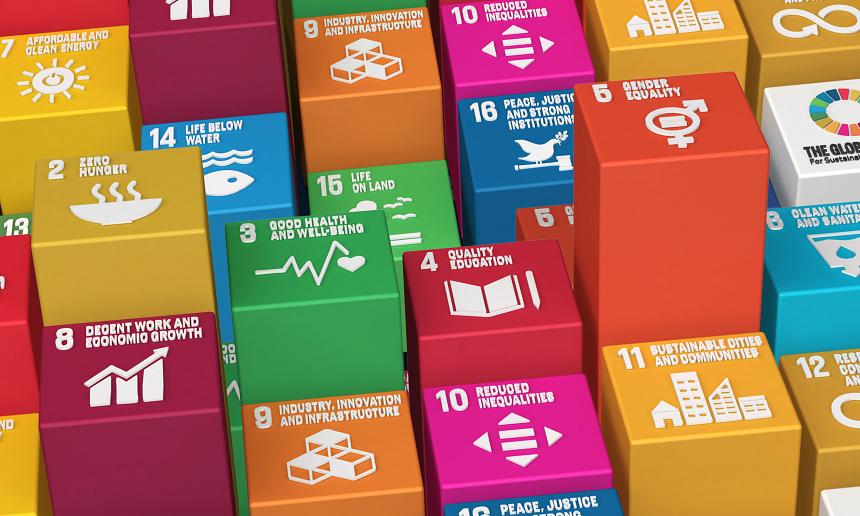ASviS 2022 Report: an uncertain future awaits SDGs in the 2030 Agenda

The recentwar in Ukraineand international conflicts, the pandemicthat has still not drawn to a close, the climate and environmental crisis, theenergy emergency, and the increase ininequalitiesbetween countries are dangerous factors that threaten to jeopardise the achievement of the 17 Sustainable Development Goals (SDGs) set out in the UN 2030 Agenda.
This is stated in thenew ASviS 2022 Reportpresented on 4 October 2022 at the opening event of theSustainable Development Festival, thus raising a powerfulalarmabout the state of progress of the 2030 Agenda both globally and in Italy.
“Seven years after the Sustainable Development Goals were signed, and two and a half years after the start of the crisis caused by COVID-19, we have to note the far too evident regression,” saysMarcella Mallen, President of Asvis, referring to the impact of the Ukrainian war, and also to the rights of minorities, not least of all, to women’s rights in Iran.
Indeed, analysing the Report’s data, in the two-year period 2020-2021 our country has made significant progress only for two Goals(7 and 8), a stalemate compared to 2019 for Goals 2 and 13, and a clearly negative trend for Goals 1, 3, 4, 5, 6, 9, 10, 15, 16 and 17. Instead, due to a lack of data, Goals 11, 12 and 14 are not analysed until 2021. The document thus reiterates the alarm over the many delays and problems experienced by implementation of the 2030 Agenda both in Italy and around the world. The time for a change of pace is running out.
Specifically, overthe past five years, the environmenthas given causefor concern as only1out of 11 goals has slightly progressed, i.e., the allocation of 25% of agricultural land to organic farming;7 goals, on the other hand, present insufficient progress (reduction in CO2 emissions, achievement of 45% of renewables, production of 130 GW of renewables, 20% reduction in energy consumption, exceeding PM10 less than 3 days a year, eradicating the practice of overfishing and of annual land consumption); 3goals are even worse than in previous years (i.e., those designed to increase public transport supply by 26%, achieve 90% water efficiency, and reduce fertiliser use by 20%).
Poor results can also be observed in the economic and institutional sector, where significant improvements can only be seen in developments in the waste recycling process and in access to the Gigabit network, while overcrowding in prisons, the reduction in the number of civil proceedings, and public funds allocated to development remain at a substantial standstill.
Lastly, the social scenario is extremely diversified,with 3 out of 10 goals showing a considerable improvement (achieve 33% of places in childcare services, reduce the number of people at risk of poverty by 16%, keep school drop-out rates below 9%), 4 goals showing moderate or insufficient progress (reduce the probability of death by non-communicable diseases by 25%, reduce the employment gap by 50%, reduce the number of road deaths by 50%, achieve gender equality in ICT employment), and the last 3 goals having clearly fallen back (keep the number of students with insufficient mathematical skills under 15%, reduce net income inequality, reach 50% of graduates aged 30-34).
Read thecomplete text here.
